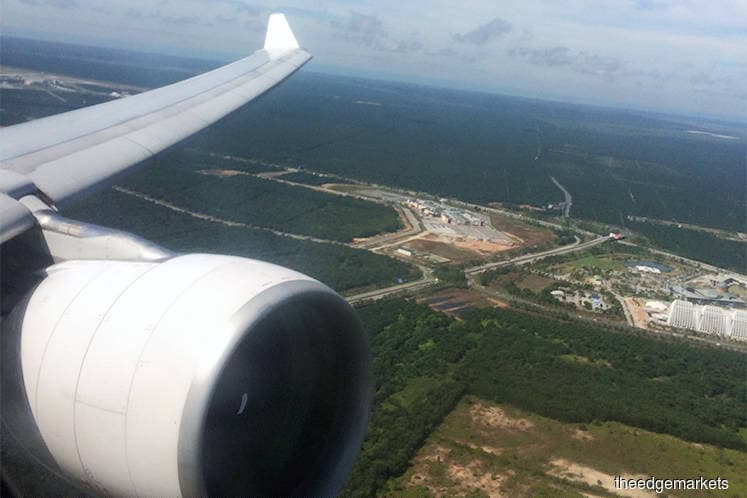
This article first appeared in The Edge Financial Daily on July 12, 2018
Aviation sector
Maintain positive. June traffic data displayed strong improvement in both international and domestic sectors. Cumulatively, passenger traffic recorded by Malaysia Airports Holdings Bhd (MAHB) in June was +9.5% year-on-year (y-o-y) higher in comparison with the same period last year.
Recall that the average growth of June passenger traffic for the past three years was +6.5% y-o-y.
We noted that the travel demand in June was higher due to the Hari Raya holiday season, which also coincided with the two-week mid-term school holiday break. Accordingly, this has stimulated higher travel demand for both international and domestic sectors.
Domestic traffic at Malaysia airports recorded growth for the first time since November 2017. It grew by 11.1% y-o-y in June 2018, to record the highest average load factor for the year at 76.2%.
We note that it was largely driven by the traffic in klia2, which was higher by 25.2%.
Notably, the growth had far outpaced the domestic traffic flow in other airports, including KLIA Main Terminal with only 4.5% y-o-y growth in June.
On the other hand, we note that international traffic had lower growth compared to domestic traffic, at 8.3% y-o-y at airports in Malaysia. We understand that the highest contributors to the traffic were China, Indonesia, India and Taiwan, with the highest recorded by Chinese and Indian nationals.
This was expected due to the visa relaxation programme catered for Chinese and Indian tourists.
Overall, airports in Malaysia concluded the first half of financial year 2018 (1HFY18) on a positive note, recording passenger traffic of 48.6 million. This constitutes 48% of our full-year passenger estimates in 2018.
Given the encouraging trend of passenger traffic at klia2, this put low cost carriers (LCCs) operating in the airport to benefit significantly. That includes AirAsia Group Bhd and AirAsiaX Bhd which command considerable market share in the airport for both domestic and international sectors.
Considering the significant growth of 25.2% of domestic passengers, we opine that AirAsia will most likely recorded strong operational statistics in second quarter (2QFY18).
We note that AirAsia market share of the domestic traffic at KLIA accounted for 66%, showing an improvement of 11 percentage points (ppts) y-o-y from last year.
We expect the positive momentum of traffic flow to remain, coming from the long holidays in countries such as China.
The occurrence of golden week in October is also expected to encourage outbound travel among Chinese tourists. Consequently, revenue from retail segments is expected to benefit given higher footfalls expected in the month of October in airports operated by MAHB.
These LCCs (AirAsia and AirAsiaX) are poised to register higher earnings moving forward due to its notable presence in North Asia routes. China will lend a strong base in passengers carried. Accordingly, we opine that load factor will remain strong (above 85%).
While the current trend of rising fuel prices should pose downside risks, we believe low-cost, short- and medium-long haul businesses to remain buoyant based on their ability to weather higher fuel prices in the past years.
Additionally, the bottom line earnings will be underpinned by its continuous improvement in operational cost and its ability to grow operating revenue. Accordingly, our optimistic views on the low-cost airline business lead us to maintain our “buy” call on AirAsia (target price [TP]: RM4.87) and AirAsiaX (TP: 47 sen).
Consequently, with a sanguine outlook for passenger traffic, MAHB is poised to benefit as the main airport operator in Malaysia. We also have a “buy” call on MAHB (TP: RM9.88). — MIDF Research, July 11